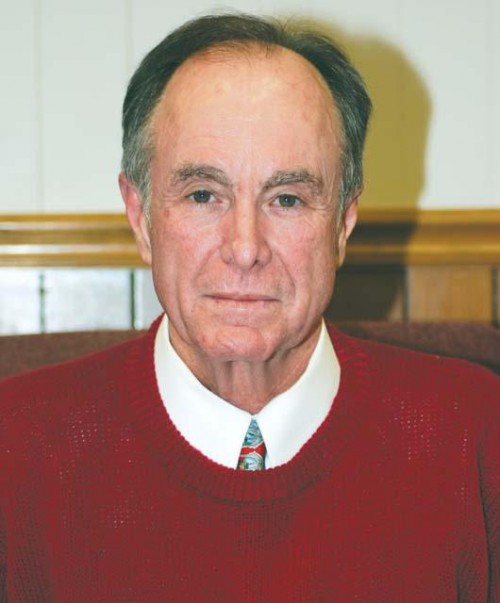STP returns with a vengence
June 1, 2010
239 T’bonne school jobs to be cut
June 3, 2010The state’s awash in red ink, with its second budget deficit of this year, a shortfall projected for next year and an even worse “cliff” a year later when hundreds of millions in federal stimulus dollars disappear.
Seems like all the right conditions for tapping into the state’s more than $842 million “rainy day” fund, right?
Well, it may be raining, but the fund designed to help stabilize the state budget in tough times has so many strings and regulations, it makes it difficult to tap, at best – and nearly useless, at worst.
Those structural glitches are at the heart of a stalemate between the House and Senate over how to balance this year’s budget and craft next year’s spending plans.
More than $198 million of the money is available for use this year, if lawmakers agree. Both chambers have said they want to use the money to rebalance this year’s budget. But that’s where the agreement ends.
The sides differ on when they think the money should be repaid.
House Speaker Jim Tucker and House Appropriations Committee Chairman Jim Fannin say the money would have to be immediately repaid next year, because of constitutional restrictions. Senate leaders are arguing a more recent statutory change means the money doesn’t need to be repaid for years.
Senate Finance Committee Chairman Mike Michot, R-Lafayette, said using the money this year only to pay it back on July 1 is the equivalent of “taking out a loan and you have to repay it before you leave the bank.”
Senate President Joel Chaisson is holding up formal recognition of the rainy day fund money while House and Senate leaders hash out the dispute, saying he won’t agree to use the money “in a manner that makes it meaningless.”
The complications of trying to use the rainy day fund, formally called the Budget Stabilization Fund, are not new to this year.
Complaints about the limits on the money contained within it have come up repeatedly over the years. Lawmakers have complained of design flaws, called the fund useless as it’s currently structured and described the rules as ludicrous.
The Budget Stabilization Fund was created in the Louisiana Constitution in 1998 to help with state budget shortfalls. The fund can be tapped when the official state income forecast for an upcoming budget year is less than the current year.
Only one-third of the fund can be withdrawn in a two-year period, and that takes a two-thirds vote of the Legislature.
Certain pots of money immediately flow into the rainy day fund, including budget surpluses and state income tied to oil and gas, unless the fund has reached its cap.
Once the state uses $850 million of oil and gas revenue for regular, ongoing expenses, the rest goes into the rainy day fund. When the fund is filled – in a formula tied to a percentage of state revenue receipts – the rest of the mineral dollars flow back into the state general fund to be used on services, programs and general expenses.
And, according to the constitutional rules governing the fund, if lawmakers take money out of the rainy day fund, the first draw on the oil and gas dollars above $850 million would be the rainy day fund until it’s filled again, or the state would have to fill it with other available one-time money until it reaches its cap.
“The House feels very strongly that we have an obligation to repay,” said Tucker, R-Terrytown.
If lawmakers wanted to revamp the structure of the fund, Tucker says they’d need to change the state constitution. That requires a two-thirds vote of lawmakers and approval by voters in the fall election.
No changes could be made in time to help with this year’s round of budget problems.
Chaisson, D-Destrehan, argues a provision slipped into a budget bill last year won’t require the repayment of the rainy day money until the state’s revenue reaches the levels of the 2007-08 fiscal year, a high-water mark in state income.
That’s where the stalemate remains, with only three weeks to go in the legislative session.
– EDITOR’S NOTE: Melinda Deslatte covers the state Capitol for The Associated Press.







